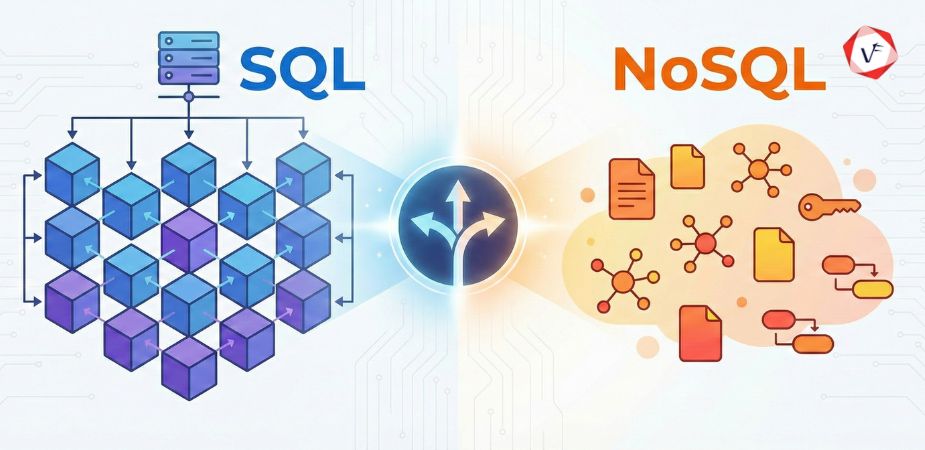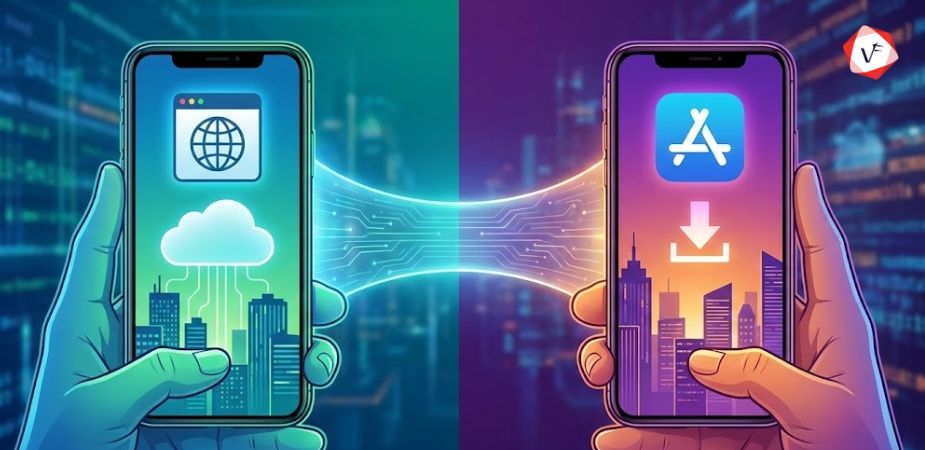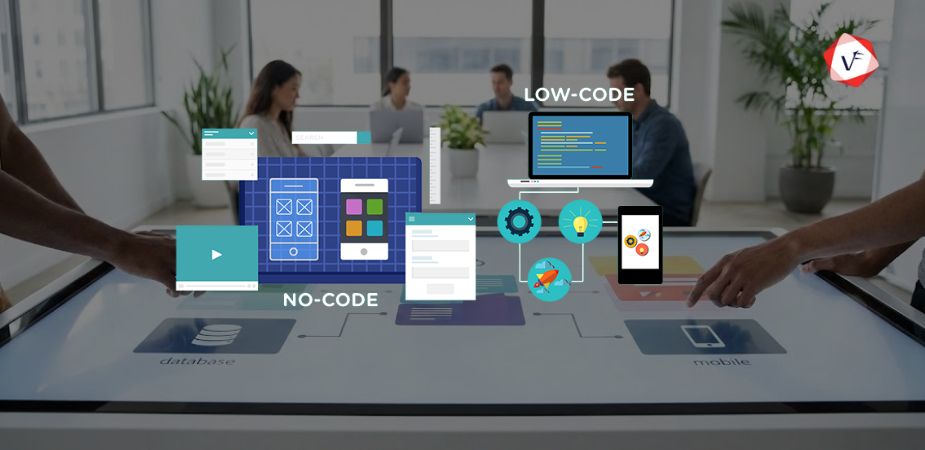- October 04, 2024 11:32 am
- by Kevin
- October 04, 2024 11:32 am
- by Manek

Robotic process automation (RPA) has become a transformative force in the business world. By automating repetitive, rules-based tasks, RPA empowers organizations to streamline operations, boost productivity, and free up human resources for higher-value activities. As we delve into the future of robotic process automation, exciting trends and lucrative opportunities are emerging, promising to reshape the way businesses operate.
RPA utilizes software robots, or bots, to mimic human actions when interacting with digital applications. These bots can automate a wide range of tasks, including data entry, form processing, report generation, and customer service interactions. The future of robotic process automation is poised to push the boundaries of these capabilities even further.
The RPA trends shaping the future landscape are characterized by a growing emphasis on intelligence, accessibility, and integration with other cutting-edge technologies. Here are some key trends to watch:
Hyper-Automation - Integration of AI and Machine Learning with RPA: Moving beyond simple task automation, the future of robotic process automation is marked by the convergence of RPA with artificial intelligence (AI) and machine learning (ML). This confluence, often referred to as hyper-automation, empowers RPA bots with cognitive abilities. AI and ML equip these bots with the ability to learn, adapt, and make data-driven decisions, enabling them to handle more complex tasks and exceptions that would traditionally require human intervention.
Intelligent Document Processing - Enhancing Data Extraction and Processing: Extracting and processing data from unstructured documents is a common pain point for many organizations. Intelligent document processing (IDP) technologies, when integrated with RPA, offer a solution. IDP leverages AI and machine learning to automate document classification, data extraction, and validation, significantly improving the accuracy and efficiency of data processing within RPA workflows.
Facilitated Development - No-code and Low-code RPA Solutions: The future of robotic process automation is becoming more accessible than ever. The development of no-code and low-code RPA platforms empowers citizen developers – business users with limited technical expertise – to build and deploy basic automations without relying heavily on IT teams. This democratizes RPA, allowing organizations to automate tasks more efficiently and break down silos between business and IT.
Process Mining - Auto-extraction of Process Knowledge for RPA: Identifying and analyzing existing business processes is crucial for successful RPA implementation. Process mining tools leverage artificial intelligence to automatically analyze process logs and identify bottlenecks, inefficiencies, and opportunities for automation. This data-driven approach helps organizations prioritize RPA initiatives and ensure they target the tasks that will yield the most significant benefits.
Cloud-based RPA - Scalability, Flexibility, and Accessibility: The future of robotic process automation is increasingly cloud-based. Cloud-based RPA solutions offer several advantages, including scalability, flexibility, and ease of deployment. Cloud-based RPA eliminates the need for on-premise infrastructure, allowing organizations to scale their automation efforts quickly and cost-effectively. Additionally, cloud-based delivery models make RPA more accessible to businesses of all sizes, including startups and small and medium-sized enterprises (SMEs).
RPA has rapidly evolved from a niche technology to a mainstream business tool. Its ability to automate routine tasks, improve accuracy, and reduce costs has made it a valuable asset across various industries. Here's a deeper dive into this evolution:
Early Days - Streamlining Back-Office Operations (2000s): The early days of RPA, roughly coinciding with the first decade of the 21st century, saw the technology primarily used to automate back-office tasks in finance and healthcare. Repetitive tasks like data entry, invoice processing, and claims adjudication were prime targets for automation. These early implementations demonstrated the potential of RPA to improve efficiency and free up human resources for more strategic activities.
Expanding Scope - Embracing Front-Office Functions (2010s): As RPA technology matured and gained traction, its application area expanded beyond the back office. Organizations began leveraging RPA to automate front-office functions like customer service interactions, order processing, and lead generation. This broadened the scope of RPA's impact, allowing businesses to enhance customer experience, streamline sales processes, and improve overall operational efficiency.
The Rise of Intelligent Automation (2020s and Beyond): The current era and the foreseeable future of robotic process automation are characterized by the convergence of RPA with artificial intelligence and machine learning. This confluence, often referred to as intelligent automation or hyper-automation, is transforming RPA from a simple task automation tool into a powerful cognitive engine. Intelligent RPA bots equipped with AI and ML capabilities can handle more complex tasks, make data-driven decisions, and learn from experience, enabling organizations to automate a wider range of processes and achieve even greater efficiency gains.
Digital transformation is the process of leveraging technology to fundamentally change the way a business operates and delivers value. RPA plays a critical role in supporting digital transformation initiatives. By automating manual tasks, RPA frees up resources and allows organizations to focus on innovation, customer experience, and strategic growth. Additionally, RPA can be integrated with other digital technologies, such as artificial intelligence and cloud computing, to create a more robust and automated business ecosystem.
RPA can be utilized to automate customer service interactions, such as handling routine inquiries, processing requests, and resolving basic issues. This frees up human customer service representatives to focus on complex and personalized interactions, leading to a more positive customer experience. Additionally, RPA can be used to automate tasks related to sales and marketing, further streamlining the customer journey and boosting customer satisfaction.
RPA solutions are inherently scalable, allowing organizations to automate a growing number of tasks as their business needs evolve. Additionally, RPA is adaptable to changing requirements. As business processes change, RPA bots can be reprogrammed or updated to accommodate these changes, ensuring that automation remains aligned with evolving needs.
As we explore the future of robotic process automation, several exciting predictions emerge:
Advanced Decision-Making Capabilities: RPA trends indicate a future where RPA bots are not just task executors but also intelligent decision-makers. Integration with AI will enable RPA to analyze data, identify patterns, and make recommendations based on insights gleaned from historical data.
Wider Industry Adoption: While RPA has already seen significant adoption in sectors like finance and healthcare, the future of robotic process automation is expected to see a wider reach. As RPA platforms become more sophisticated and user-friendly, their application will expand to new industries, including manufacturing, logistics, and even creative fields.
Citizen Developer Revolution: The rise of no-code and low-code RPA solutions will continue to empower citizen developers, democratizing RPA and fostering a culture of automation within organizations. Business users will be able to identify and automate tasks within their own workflows, leading to faster innovation and increased agility.
The Rise of RPA-as-a-Service (RaaS): The future of robotic process automation is expected to see a surge in the adoption of RaaS models. RaaS allows organizations to access and utilize RPA capabilities on a subscription basis, eliminating the upfront costs associated with traditional RPA software licenses. This pay-as-you-go approach makes RPA more accessible to businesses of all sizes and reduces the barrier to entry for organizations considering automation.
Potential Impact of Generative AI on RPA: Generative AI, a branch of artificial intelligence focused on creating new content, holds immense potential for the future of robotic process automation. Generative AI can be integrated with RPA to automate tasks like report generation, content creation, and even code development. This will further enhance the capabilities of RPA bots and allow them to handle a wider range of tasks with greater efficiency. However, it's important to remember that generative AI and RPA are complementary technologies, not replacements. While generative AI excels at content creation, RPA excels at task automation and process orchestration. The true power lies in their combined potential.
As RPA trends usher in an era of more intelligent and autonomous RPA bots, ethical considerations and robust governance practices become paramount. Organizations must ensure that their RPA deployments are aligned with ethical principles such as fairness, transparency, and accountability. Here are some key considerations:
Bias in AI-powered RPA: As RPA integrates with AI, it's crucial to mitigate the potential for bias in AI algorithms. Organizations must implement rigorous testing and monitoring procedures to ensure that RPA bots do not perpetuate biases or discriminatory practices.
Transparency and Explainability: It's essential for organizations to understand how RPA bots make decisions. Explainable AI (XAI) techniques can be used to provide insights into the rationale behind the decisions made by AI-powered RPA bots, fostering trust and ensuring responsible automation.
Data Security and Privacy: RPA bots often handle sensitive data. Robust data security measures must be in place to protect this data from unauthorized access or breaches. Organizations should also ensure compliance with relevant data privacy regulations.
The future of robotic process automation is brimming with exciting possibilities. As RPA trends continue to evolve, organizations that embrace intelligent automation will reap significant benefits in terms of efficiency, productivity, and cost savings. Vofox, a leading provider of RPA services, can help your organization navigate the future of robotic process automation and unlock the transformative power of automation. With Vofox's expertise in RPA implementation, development, and governance, you can ensure a smooth and successful RPA journey. Contact us ASAP to learn how you can use our RPA services to your advantage.
Guaranteed Response within One Business Day!

Database Selection Guide: SQL vs NoSQL
AI Agents in Enterprise Software: How Autonomous AI is Transforming Business Operations
Manufacturing 4.0: AI and IoT Transforming Production Lines

Progressive Web Apps vs Native Apps: Which Should You Choose in 2026?

What is Citizen Development?